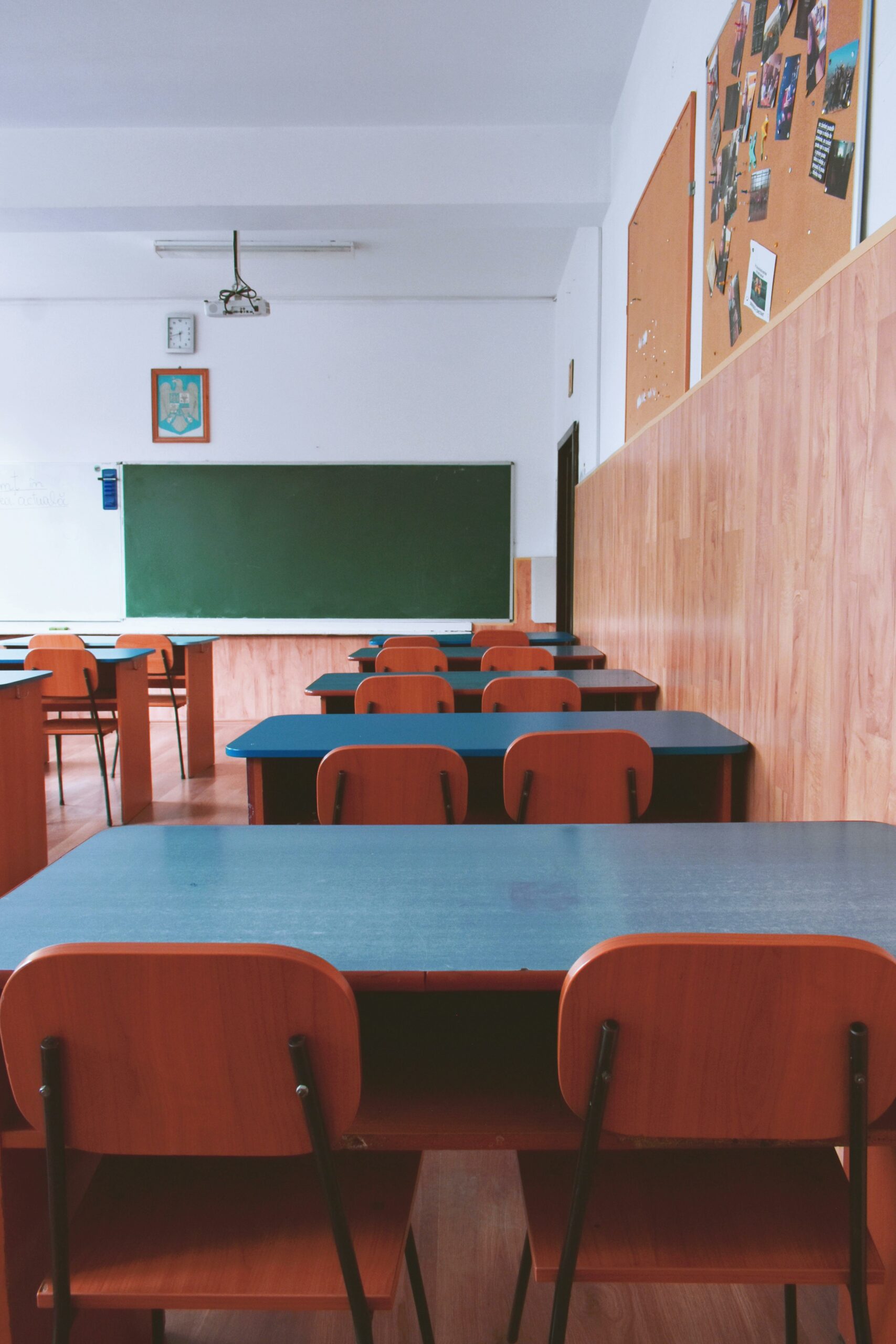Schools constantly have to deal with mold safety, especially since COVID occurred. Public places around the world are taking health safety now more seriously than ever. With this increased awareness, people are more concerned with airborne toxins and other infections than they ever have been before. It is essential for indoor air quality to be healthy, especially in a school environment where there are kids in the mix. This guide will help you better understand mold removal in schools and overall mold safety in schools. Read on for more!
Why Mold is a Serious Concern
Blue cheese has mold in it and yet we still eat it, so what’s the big deal with mold? Mold is a huge health hazard. If not dealt with properly, it can cause allergies, respiratory issues, and other health problems down the line. Some people aren’t aware of mold in their space till it’s too late. School mold remediation should be done by professionals like INX to address airborne particles and other critical mold treatment tasks for school facilities and other educational buildings.
Key Steps for Effective Mold Removal in Schools
Acknowledging that there is a mold problem is the first step. So, how do we fix this? Below are some common steps and procedures for effective mold removal in schools.
Surface Sampling
Surface sampling is mainly what it sounds like. Professionals at INQ take a sample of a building surface —in this case, a school building surface. It can be a desk or a cafeteria table. Then, they use swabs or tape-lifting methods to collect samples for mold testing. If mold is present, they can determine the severity of the contamination and then take the next steps.
HVAC System Inspection and Maintenance
Another thing professionals will look at is a school’s HVAC system. HVAC systems play a crucial role in mold growth when mold is present. This can happen because they are not regularly inspected, have older ventilation, or have not been cleaned or disinfected in a while. When businesses like INQ inspect your HVAC systems, they will ensure you have clean, proper ventilation so that not only does it minimize mold-related risks but can also help reduce the CO2 levels.
Moisture Control
If there is moisture in the air, mold will soon follow. Controlling the amount of moisture in the air is key to preventing mold from appearing in any area, let alone schools. Schools often experience higher levels of moisture than other commercial buildings due to daily activities like gym time or lunch. Implementing moisture control can reduce humidity and significantly reduce the risk of mold.
Eco-Friendly Mold Cleaners
Cleaning schools with eco-friendly products is not only great for the planet but is better for the children because it contains less harmful chemicals like ammonia, bleach, and formaldehyde. You don’t want this kind of chemicals around students or teaching staff. Opting for eco-friendly mold-cleaning solvents can be safer and more sustainable. They can tend to be more expensive, but they’re highly effective and sometimes offer less scrubbing so professionals can do the job in a quicker amount of time.
Best Practices for Mold Prevention
Once the mold is in a space, don’t panic. There are practices you can take or that professional can implement in the most effective manner. For instance, people like INQ can do regular inspections in areas that are more prone to moisture so that you can find the mold as soon as possible. Also, quick repairs. If there are any leaks or water damage, they’ll need to be looked at promptly. This way, the water or moisture in the air is eliminated. Don’t forget about humidity control. Dehumidifiers are great for maintaining optimal humidity levels in areas like classrooms.
What can happen when mold gets in?
Mold can occur anywhere and everywhere. What’s important is to know what to do when it is in a building. Inhaling mole spores is incredibly dangerous, so if this happens, it can result in coughing, sneezing, difficulty breathing, and even wheezing. Make sure to visit a doctor if you’ve found out mold has been in a space you frequent.
What is mold toxicity?
Mold toxicity is something to be worried about. It can occur when there is a large amount of exposure to mold, such as if someone ingests or inhales something containing mold spores. In schools, the last thing you want to worry about is children developing immune problems due to mold toxicity. So, it’s extremely important to call in professionals to help with a mold issue sooner rather than later so that exposure to toxic molds doesn’t result in toxicity.
Should parents be concerned?
Of course, if a child’s life is in danger, parents should be concerned, but if school administrators or facility managers hire the right people, like INQ Indoor Air Quality, then mold is in the right hands. Parents and children should be informed about mold remediation. Make sure to tell your children the signs of mold on walls, floors, or ceilings so that if they see it, they can spot when the building needs an inspection or maintenance.
Summary
Making sure students are in a healthy school environment in West Chester, PA, and up to code is essential in mold prevention and removal. By knowing what steps to take in this guide, school administrators and more can effectively manage mold so parents, faculty, and more don’t have to worry about children getting sick. Providing a safer environment is the first step in a mold-free space. Get in touch with the best in indoor air quality, INQ, and see what we can do to breathe healthier.



